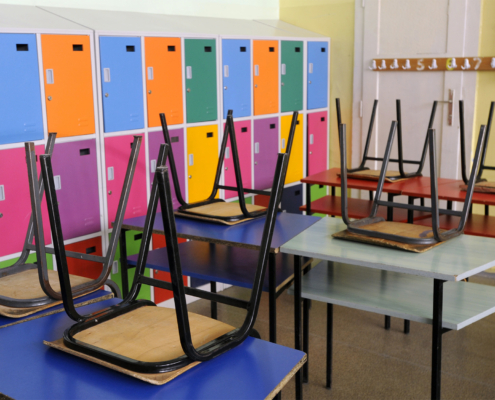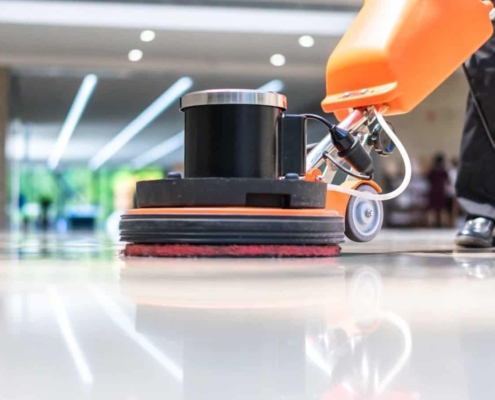A child’s ability to understand and retain information is directly impacted by their environment. By maintaining cleanliness in the classroom, students can more effectively engage with their education and implement problem-solving techniques. Likewise, an unorganized and unsanitary classroom can have the opposite effect. Untidy spaces make it difficult to focus on tasks and can cause potential hazards, such as tripping on debris or slipping in spills. Another risk factor is the spread of germs, which can quickly spread from person to person in such a confined space, causing sickness and lowering attendance rates.
Luckily, maintaining a clean classroom not only prevents these drawbacks but includes substantial benefits for the school and its students, including the following:
- Increased Focus: Studies have shown that clean schools allow students to focus on the tasks at hand and put forth their best effort rather than getting distracted. Teachers also benefit by effectively educating students in a clear and concise manner without diverting their attention to uncleaned parts of a classroom.
- Improved Mood: A clean and welcoming environment makes it easier to approach the school day with an optimistic mindset. Clean desks, emptied trash, and shiny floors can subconsciously elevate the moods of both teachers and students, giving them the best chance of success in their learning experience.
- Equipment Longevity: Clean equipment lasts significantly longer than those covered with dust and grime. With a regular cleaning plan, it can be used for many years without needing to be replaced.
- Reduced Injuries and Sickness: The health and safety of teachers and students are the top priority when maintaining cleanliness in the classroom. Keeping a classroom tidy—such as sweeping debris and wiping up spills—prevents accidental injuries, just as regular disinfecting and sanitizing minimize the spread of germs so students can remain healthy.








